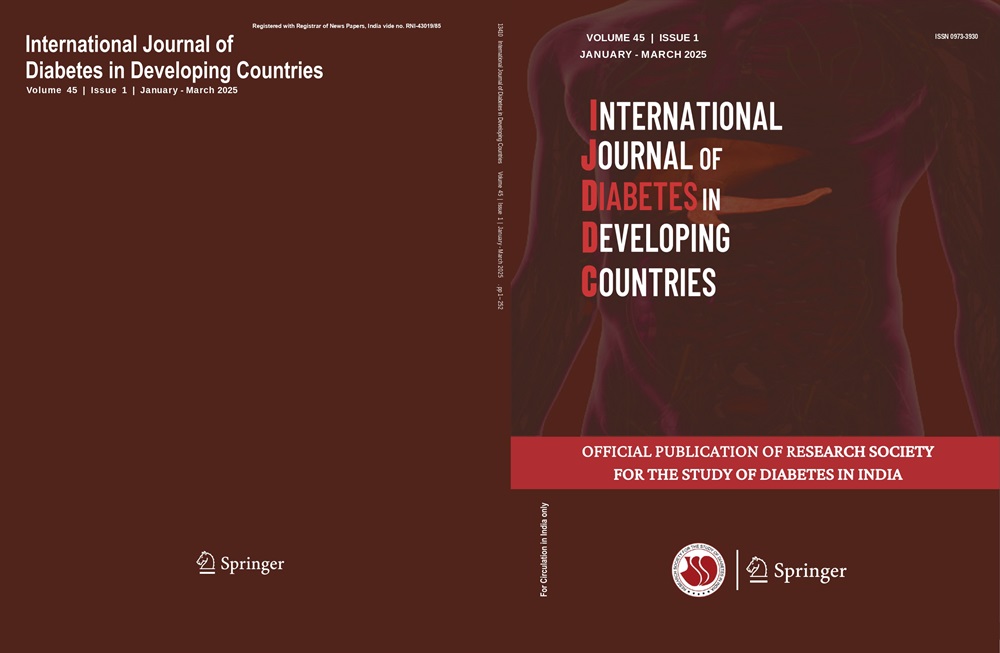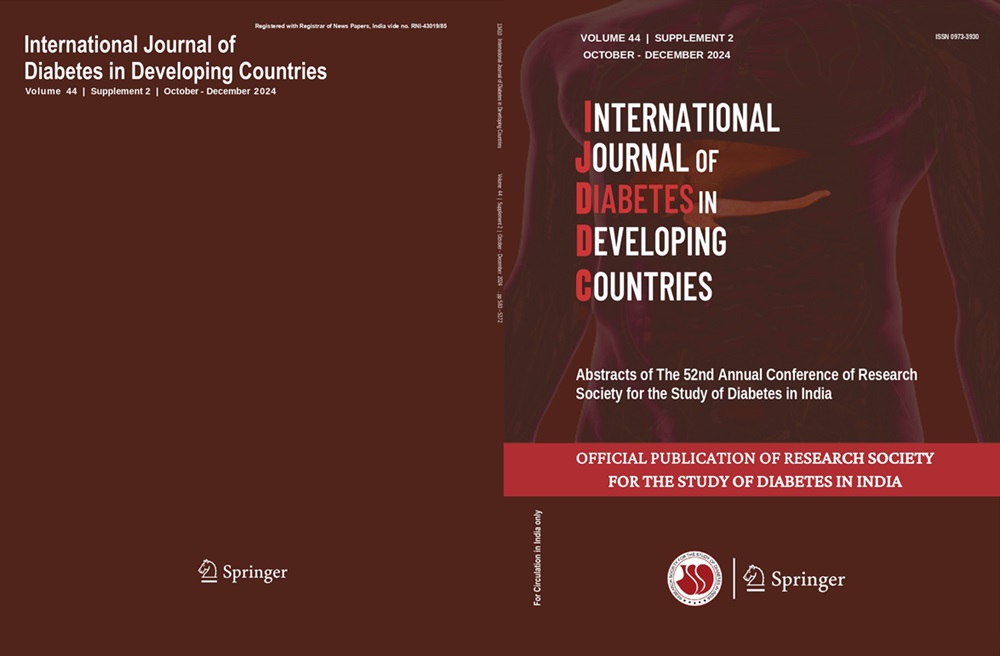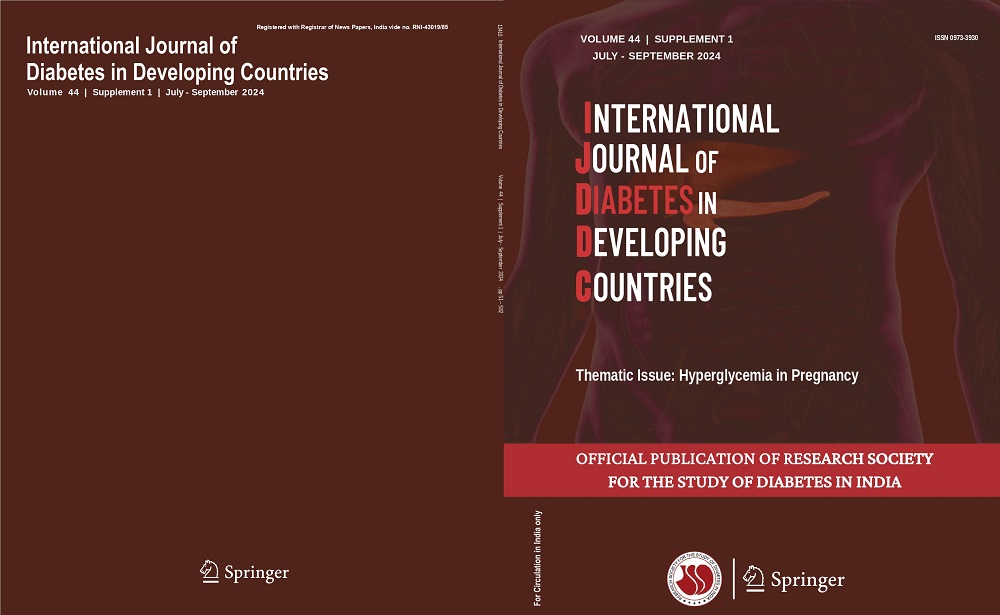Qiong Yang, Xia Dai, Dan-Qing Xu, Xue-Ying LI, Qing-Qing Lou, Wei Wei
Keywords
Triglyceride variability • Diabetic kidney disease • Type 2 diabetes • Zhuang population
Objective Dyslipidemia has been implicated in the development and progression of renal disease. To our knowledge, no reports have demonstrated an association between blood lipid level variability and diabetic kidney disease (DKD) in China. Our objective is to investigate the influence of variability in triglyceride levels on DKD incidence in a middle-aged to elderly Chinese Zhuang population with type 2 diabetes mellitus.
Methods In all, 276 participants with type 2 diabetes mellitus aged ≥ 45 years were followed up for 2 ~ 5 years and the results were analyzed. Variability in their triglycerides was evaluated using standard deviation, coefficient of variation, and variability independent of the mean, and the mean was calculated, and the outcome was DKD. We applied a Cox proportional hazard model to determine the relationship between variability TG levels and DKD.
Results During the mean 3-year follow-up, 74 participants developed DKD. In a multivariable cox regression model, triglyceride variability was a significant risk factor for DKD. The hazard ratios (HRs) (95% confidence intervals [CI]) for each increase in SD, CV, and VIM of triglycerides by 1 SD were 1.257 (1.038–1.522), 1.525 (1.059–2.195), and 1.007 (1.004–1.011), respectively. Compared to the lowest quartiles of SD of triglycerides, the HRs (95%CI) were 1.858 (1.359–2.542), 1.881 (1.354–2.612), and 1.858 (1.343–2.570) in Q2, Q3, and Q4. Consistency was seen when CV and VIM were used for calculating variability.
Conclusion High TG variability in middle-aged and elderly Chinese Zhuang patients with type 2 diabetes mellitus was
associated with a significantly increased risk of developing DKD.




